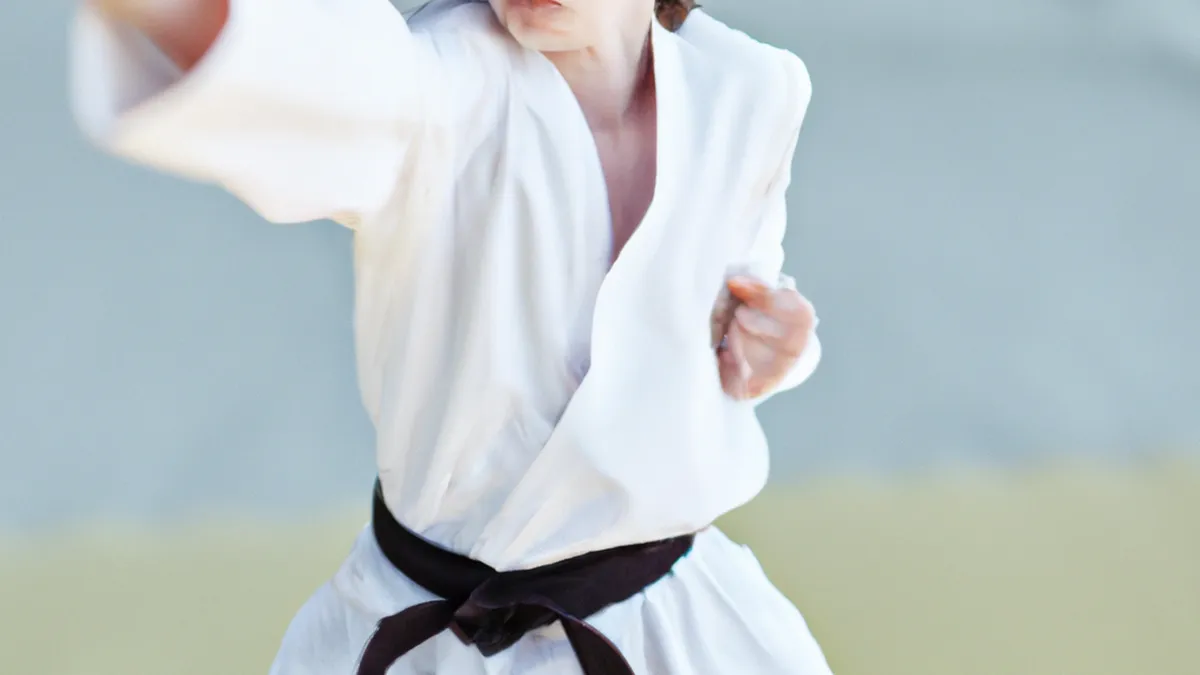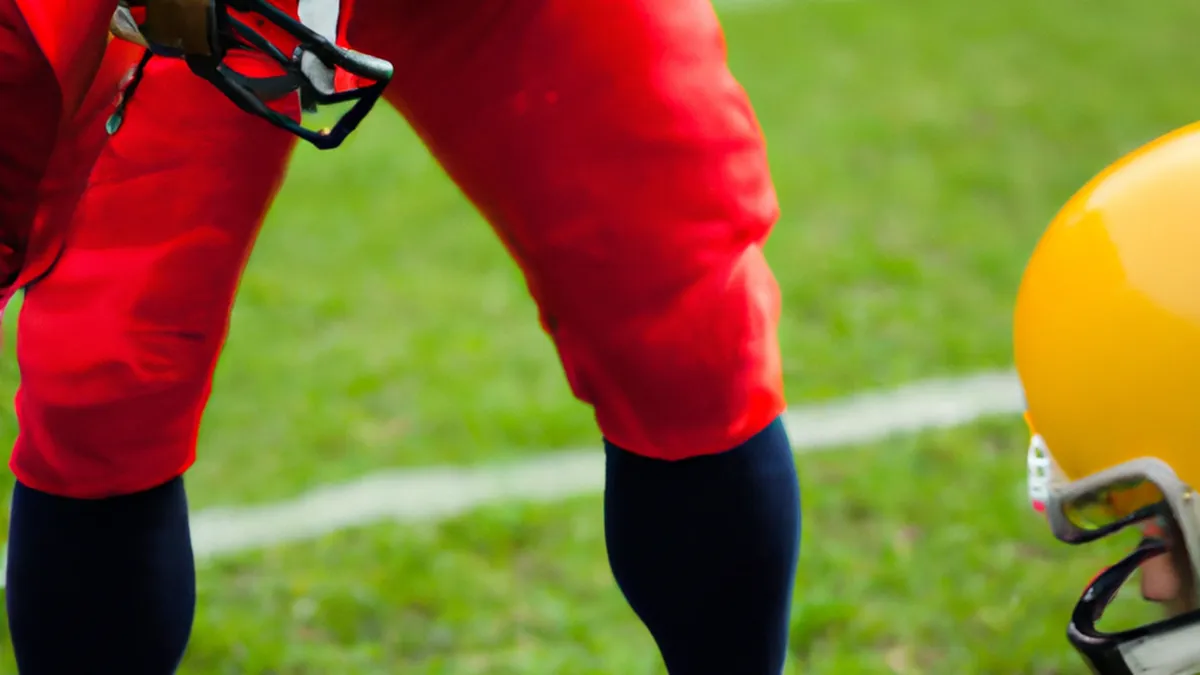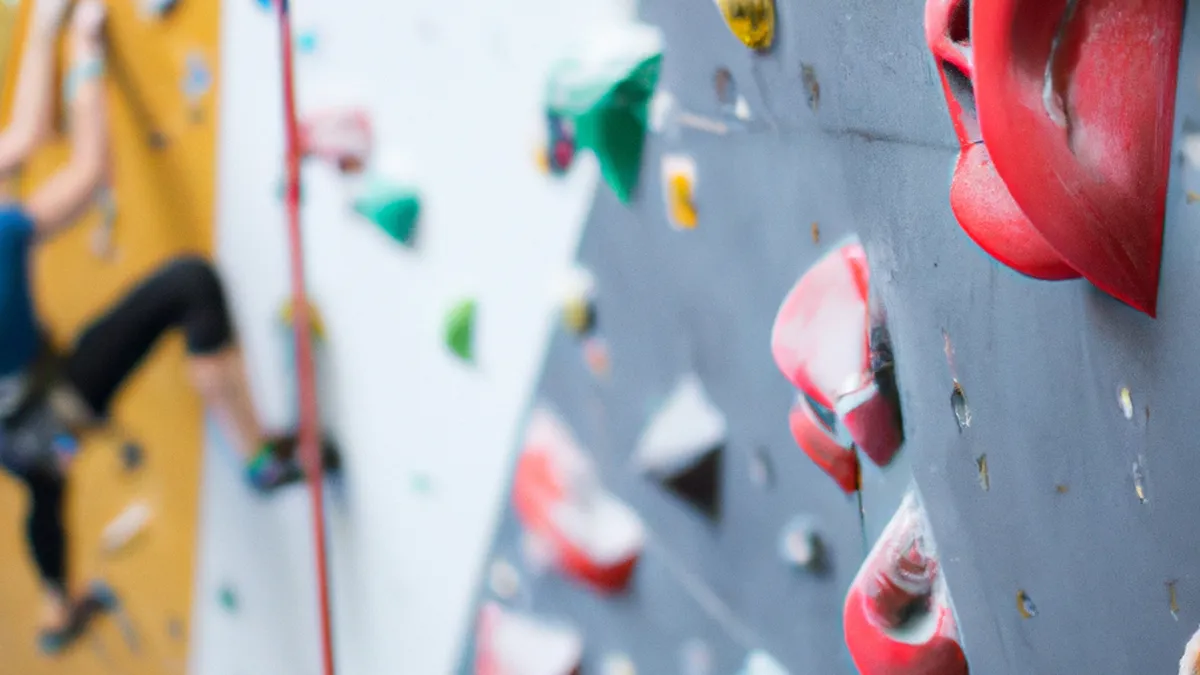Sharpening Endurance Skills for Hockey Players
Endurance Training for HockeyHockey demands a unique blend of skills. Players must skate fast, change direction quickly, and maintain energy levels. Endurance training optimizes on-ice performance. This post explores effective endurance strategies for hockey.
As an Amazon Associate I earn from qualifying purchases.
Gear tip: consider hockey stick, agility cones, and speed ladder to support this topic.
Understanding Hockey’s Demands
Hockey players face unique challenges. They sustain energy during short bursts of high-intensity effort. This requires both aerobic and anaerobic endurance. Aerobic endurance supports stamina, while anaerobic endurance aids quick plays. Training must address both aspects.
Aerobic vs. Anaerobic Endurance
Aerobic endurance allows players to skate long distances without fatigue. It includes steady-state activities like jogging or cycling. Anaerobic endurance focuses on short, intense bursts, such as sprinting or quick shifts. Players must train both systems to excel.
The Importance of Recovery
Recovery plays a significant role in training. Players often push limits during practice and games. Adequate recovery time helps muscles repair and grow stronger. Incorporate rest days and proper nutrition to maintain endurance levels.
Effective Endurance Training Tips
To enhance endurance for hockey, players can adopt several strategies. These techniques emphasize aerobic and anaerobic training. Here are effective methods:
High-Intensity Interval Training (HIIT)
HIIT builds anaerobic endurance effectively. This method alternates short bursts of activity with brief recovery periods. Players can perform sprints on the ice or off-ice exercises like burpees or squat jumps. Aim for 20-30 minutes of HIIT, with 30 seconds of maximum effort followed by 30 seconds of rest.
Long-Distance Skating
Incorporate long-distance skating sessions to improve aerobic endurance. Aim for sessions lasting 30-60 minutes at a moderate pace. This training builds cardiovascular strength and prepares players for longer skating periods during games.
Circuit Training
Circuit training combines strength and endurance exercises. Design a circuit with push-ups, lunges, planks, and skating drills. Perform each exercise for a set time, followed by short rest. This approach boosts both anaerobic and aerobic endurance.
Additional Advice for Endurance Training
Consistency is crucial in endurance training. Players should follow a structured program and gradually increase intensity. Consider these additional tips:
Set Specific Goals
Establish clear, measurable goals for endurance training. Whether improving speed or increasing skating distance, specific objectives motivate players. Track progress regularly to ensure you stay on target.
Incorporate Cross-Training
Cross-training enhances overall endurance and prevents burnout. Consider swimming, cycling, or running. These activities improve cardiovascular fitness and reduce injury risk from repetitive movements in hockey.
Focus on Nutrition
Nutrition significantly impacts endurance training. A balanced diet fuels your body and aids recovery. Prioritize complex carbohydrates, lean proteins, and healthy fats. Hydrate well before, during, and after training.
Benefits of Endurance Training in Hockey
Endurance training provides numerous benefits for hockey players. Improved endurance enhances on-ice performance, allowing players to maintain speed and agility. Key advantages include:1. **Enhanced Performance**: Endurance training helps players sustain high energy levels, improving game performance.2. **Reduced Fatigue**: Better endurance delays fatigue, allowing players to maintain focus and make better decisions.3. **Injury Prevention**: Well-conditioned athletes face fewer injuries. Endurance training strengthens muscles and improves resilience.4. **Increased Confidence**: Endurance boosts confidence. Players feel capable and prepared to face opponents.
Conclusion
Endurance training is vital for hockey players. Focusing on aerobic and anaerobic conditioning enhances performance on the ice. Incorporate HIIT, long-distance skating, and circuit training into your routine. Set specific goals, cross-train, and prioritize nutrition. With dedication and effective strategies, become a stronger, more resilient player. Embrace the challenge and enjoy the journey to peak performance!
Below are related products based on this post:
FAQ
What is the difference between aerobic and anaerobic endurance?
Aerobic endurance allows players to sustain long-distance skating without fatigue, while anaerobic endurance focuses on short, intense bursts of activity. Both types are essential for hockey players to perform effectively during games. Training should address both systems to optimize performance.
Why is recovery important in endurance training?
Recovery is crucial as it helps muscles repair and grow stronger after intense practice and games. Adequate recovery time, along with proper nutrition, is necessary to maintain endurance levels and prevent burnout. Incorporating rest days into training is essential for optimal performance.
How can players enhance their endurance for hockey?
Players can enhance their endurance by incorporating high-intensity interval training (HIIT), long-distance skating, and circuit training into their routines. Setting specific goals, engaging in cross-training, and focusing on nutrition also play vital roles in improving overall endurance and performance on the ice.















Post Comment